Activity Team

How does team sports impact psychological well-being ?
Participating in team sports can have a significant impact on an individual's psychological well-being. Team sports provide opportunities for social interaction, physical activity, and personal growth, all of which contribute to overall mental health. Social interaction reduces feelings of loneliness and isolation, while physical activity improves mood and reduces symptoms of anxiety and depression. Personal growth through learning new skills or overcoming challenges builds resilience and confidence. Team sports also provide a healthy outlet for stress relief and require discipline and time management skills that can translate into other areas of life. Overall, participating in team sports can improve mental health and quality of life.
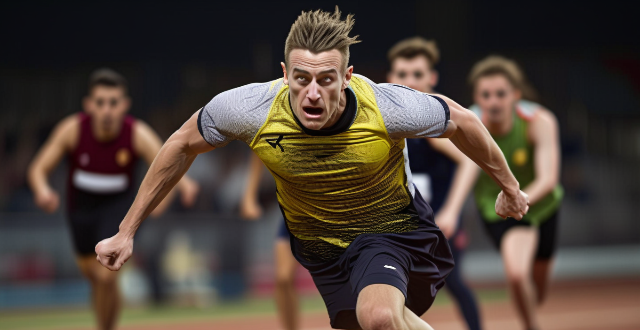
What are the benefits of joining a sports team as an extracurricular activity ?
Joining a sports team as an extracurricular activity can provide numerous benefits for students, including improved physical fitness and health, socialization and teamwork skills, time management and discipline, leadership and responsibility, mental health and stress relief, and the development of lifelong skills and habits. Overall, participating in sports can have a positive impact on various aspects of student life.
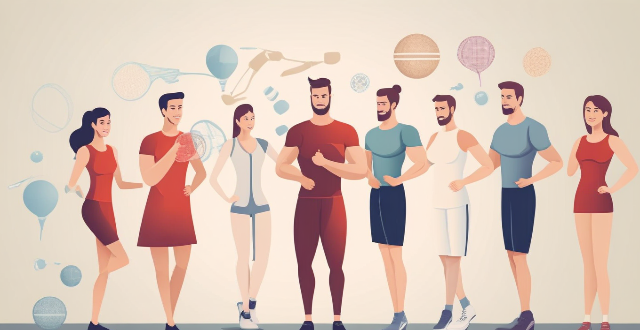
Can team sports help in building stronger personal connections and reducing stress ?
Team sports can help in building stronger personal connections and reducing stress by enhancing social interactions, developing communication skills, fostering empathy and understanding, promoting physical activity, providing a distraction from stressful situations, and promoting mindfulness.
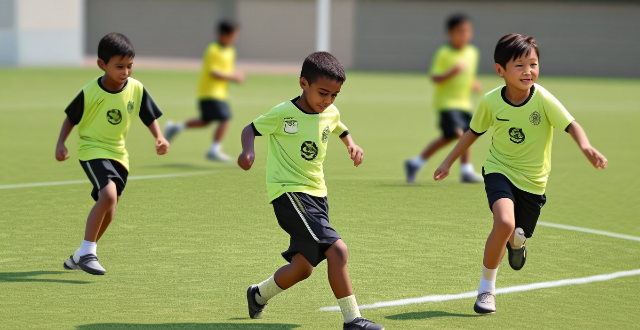
What are the benefits of team sports for child development ?
Team sports provide numerous benefits for child development, including improved physical fitness, coordination and motor skills, healthy lifestyle habits, social skills, self-esteem and confidence, discipline and responsibility, goal setting and achievement, stress relief, resilience, and empathy and compassion.

What role does team sports play in mitigating the risks associated with compulsive gaming ?
Team sports can mitigate the risks associated with compulsive gaming by encouraging healthy social interactions, increasing physical activity, developing time management skills, and reducing stress and anxiety.

How does physical activity affect children's cognitive development ?
This article discusses the positive impacts of physical activity on children's cognitive development, including improved attention and memory, enhanced executive functioning, increased learning abilities, reduced stress and anxiety, and promoted socialization and teamwork skills. Regular exercise can enhance blood flow to the brain, strengthen neural connections in the prefrontal cortex, stimulate neurogenesis, release endorphins, and provide a healthy outlet for releasing energy and emotions. Encouraging children to engage in regular physical activity can have long-lasting positive effects on their overall well-being and success throughout life.

Does regular physical activity prevent burnout ?
Regular physical activity can help prevent burnout by boosting mood, reducing stress, improving sleep quality, enhancing cognitive function, and promoting social interaction. However, it should be part of a broader approach to managing stress and preventing burnout.

How does team sports contribute to social well-being ?
Team sports significantly contribute to social well-being by building a sense of community, promoting cooperation and teamwork, providing opportunities for personal growth, enhancing health and well-being, integrating into society, and encouraging civic engagement and social responsibility. These activities not only bring people together but also teach valuable life skills that extend beyond the playing field, positively impacting individuals and society as a whole.

How does team sports impact mental health compared to individual sports ?
This article explores how team sports impact mental health compared to individual sports. It highlights the social support and belongingness provided by team sports, which can reduce feelings of isolation and loneliness. The article also discusses how team sports promote accountability and responsibility, helping individuals develop discipline and self-control. Additionally, it emphasizes the importance of goal setting and achievement in team sports, which can boost self-esteem and confidence. Overall, the article concludes that team sports have a significant impact on mental health compared to individual sports due to their social aspect.
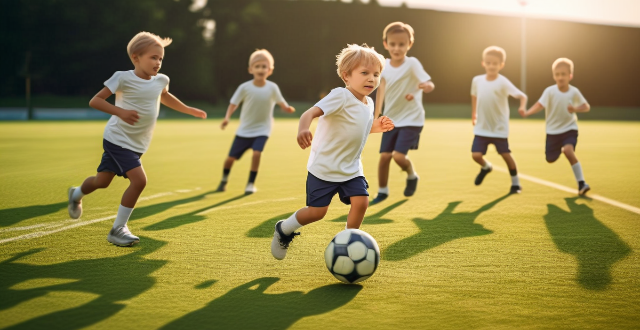
What are the benefits of participating in team sports for children ?
Participating in team sports for children offers benefits including improved physical health, psychological well-being, social skills development, life skills acquisition, and educational advantages. These activities enhance cardiovascular health, self-esteem, teamwork, discipline, and academic performance. Overall, team sports provide a comprehensive developmental experience that prepares children for success in various life aspects.

Can regular physical activity reduce anxiety levels ?
Regular physical activity can help reduce anxiety levels by improving mood, reducing stress hormones, promoting better sleep, increasing self-esteem and confidence, and providing social support. Engaging in at least 30 minutes of moderate-intensity exercise per day can significantly reduce anxiety symptoms.
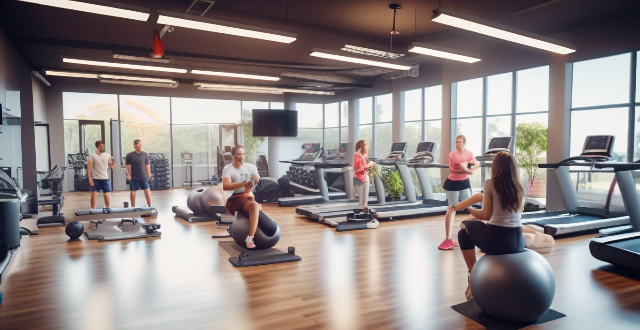
What role does music play in team sports and group fitness classes ?
Music plays a crucial role in team sports and group fitness classes by motivating participants, setting the pace, enhancing enjoyment, fostering social interaction, improving mental toughness, and aiding recovery. It is used across various settings like yoga, cycling, basketball, and team-building activities to create a specific atmosphere or achieve a desired effect.

What kind of sports or activities should be included in corporate team-building events to boost morale and health ?
This article discusses various sports and activities that can be included in corporate team-building events to boost morale and health among employees. The activities are categorized into outdoor adventure sports, indoor adventure sports, recreational sports, and wellness activities. Each category includes a list of specific activities such as rock climbing, hiking, kayaking/canoeing, escape rooms, laser tag/paintball, basketball/volleyball, snooker/billiards, board games/card games, yoga/meditation, cooking classes, and fitness challenges. The article emphasizes the importance of choosing activities that promote teamwork, communication, and problem-solving skills to create a positive work environment that fosters productivity and employee satisfaction.
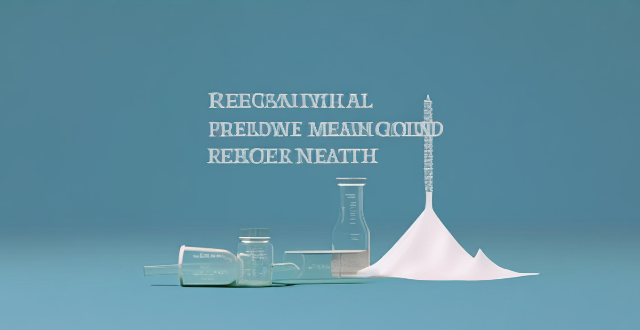
Can regular physical activity improve mental health ?
Regular physical activity can improve mental health by reducing the risk of depression and anxiety, enhancing self-esteem and cognitive function, improving sleep quality, and reducing stress. Practical recommendations for incorporating exercise into daily routines include starting small, finding enjoyable activities, setting realistic goals, making it social, incorporating strength training, staying consistent, listening to your body, and consulting with professionals.

How do the principles of sports biomechanics differ between individual and team sports ?
This text discusses the principles of sports biomechanics in individual and team sports. It highlights the differences in kinematics, kinetics, and coordination between the two types of sports. In individual sports, there is a focus on precision, technique optimization, and personal performance, while team sports emphasize strategic interactions, group coordination, and adaptability to complex game situations. The text concludes by emphasizing the importance of understanding these distinctions for coaches and athletes to tailor their training approaches to best suit the specific demands of their chosen sport.
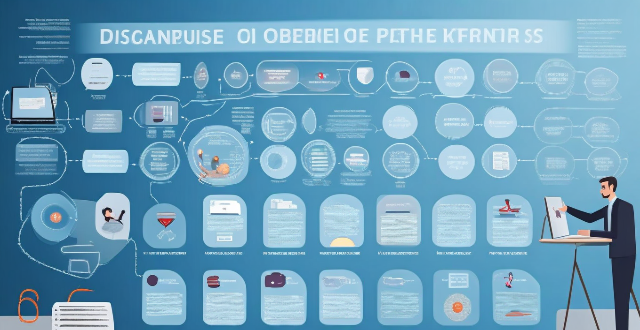
In what ways can team dynamics and chemistry affect overall performance in team sports ?
The article discusses the impact of team dynamics and chemistry on performance in team sports, highlighting trust, role clarity, effective leadership, and adaptability as key factors. Trust fosters open communication and reduces conflict, while clear roles improve efficiency and cohesion. Effective leaders provide motivation and accountability, and adaptability allows teams to respond to challenges and capitalize on opportunities. By focusing on these elements, teams can improve their chances of success.

How important is it for businesses to provide opportunities for physical activity during lunch breaks or after work hours ?
In today's fast-paced business environment, it is crucial for companies to prioritize the physical and mental well-being of their employees. One effective way to achieve this is by providing opportunities for physical activity during lunch breaks or after work hours. This article will discuss the importance of such initiatives and how they can benefit both the employees and the company as a whole. Regular physical activity has numerous health benefits, including reduced risk of chronic diseases such as heart disease, diabetes, and obesity. By offering opportunities for exercise, businesses can help their employees maintain a healthy weight, lower blood pressure, and improve overall cardiovascular health. Physical activity is also known to have positive effects on mental health, reducing stress, anxiety, and depression, leading to improved mood and increased cognitive function. Providing opportunities for physical activity can also boost employee morale and productivity. Employees who engage in physical activity during lunch breaks or after work hours are likely to return to their tasks with renewed energy and focus, leading to higher productivity and better performance at work. Additionally, when employees feel that their employer cares about their well-being, they are more likely to be satisfied with their job and have a stronger sense of loyalty to the company, leading to improved job satisfaction and reduced turnover rates. Engaging in physical activities together can promote teamwork and collaboration among employees. Participating in sports or fitness classes as a group can help build trust and strengthen relationships within the team. Providing opportunities for physical activity can also facilitate socialization among employees, leading to the formation of friendships and a more cohesive workplace culture. In conclusion, providing opportunities for physical activity during lunch breaks or after work hours is essential for businesses that prioritize the well-being of their employees. These initiatives can have numerous benefits, including improved health, increased productivity, boosted morale, enhanced teamwork, and facilitated socialization. By investing in the physical and mental well-being of their employees, businesses can create a healthier, happier, and more productive workforce.

Can team sports help with social anxiety ?
Team sports can potentially help individuals with social anxiety by providing a supportive environment for exposure therapy, building confidence, offering positive reinforcement, distracting from self-consciousness, and developing social skills. However, professional guidance should be sought if social anxiety significantly impacts one's life.

Can sports psychology improve team dynamics and cohesion ?
The text discusses the role of sports psychology in enhancing team dynamics and cohesion. Sports psychology can improve communication, build trust, promote collaboration, manage conflict, create a shared vision, foster resilience, encourage social support, and promote diversity and inclusion among team members. These interventions lead to better understanding, reduced misunderstandings, increased support and reliability, effective collaboration, constructive conflict management, a unified purpose, improved coping strategies, emotional comfort and encouragement, and an inclusive culture. Overall, sports psychology plays a crucial role in improving team dynamics and cohesion, leading to greater success for athletes and teams.

Can team sports help in coping with pressure ?
Team sports can help cope with pressure by developing resilience, building confidence, providing supportive networks, and teaching time management.
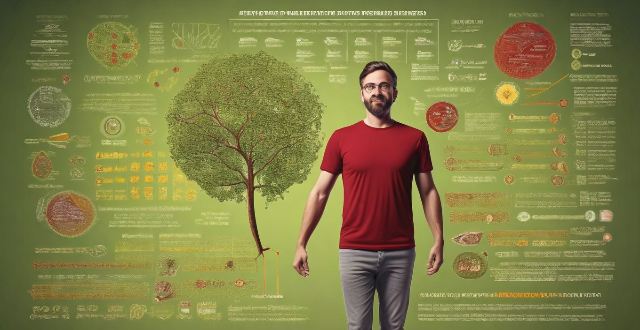
How can people with disabilities incorporate physical activity to improve their mental well-being ?
Physical activity is crucial for everyone's mental well-being, including those with disabilities. Engaging in physical activities can help reduce stress, anxiety, and depression while improving mood, self-esteem, and overall quality of life. Here are some ways people with disabilities can incorporate physical activity into their lives to improve their mental well-being: start slowly and gradually increase intensity; find an appropriate exercise routine; set realistic goals; incorporate mindfulness techniques; seek support from peers and professionals; make it fun!

How do successful sports leaders motivate their team members ?
Successful sports leaders motivate their teams through clear objectives, positive reinforcement, encouragement, leading by example, communication, building team spirit, continuous development, resilience, and celebrating achievements.

How can team sports help in individual skill development ?
Team sports contribute significantly to individual skill development by improving communication skills, enhancing leadership abilities, increasing self-confidence, bettering time management, improving social skills, promoting physical fitness and coordination, providing opportunities to learn from mistakes, and fostering adaptability.
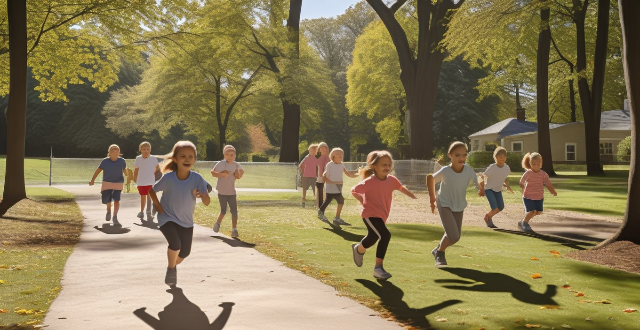
Which team has the best record in the current NBA season ?
The NBA season is marked by intense competition among teams vying for the best record to secure playoff advantages. Key performers include the Phoenix Suns, Golden State Warriors, Milwaukee Bucks, and Utah Jazz, each with notable achievements contributing to their standings. Factors like winning percentage, quality wins, home and away performance, health, roster depth, and the balance of star power and team cohesion are crucial in determining a team's overall success. As the season progresses, changes in records and standings are expected, keeping fans and analysts engaged in the pursuit of the top spot.
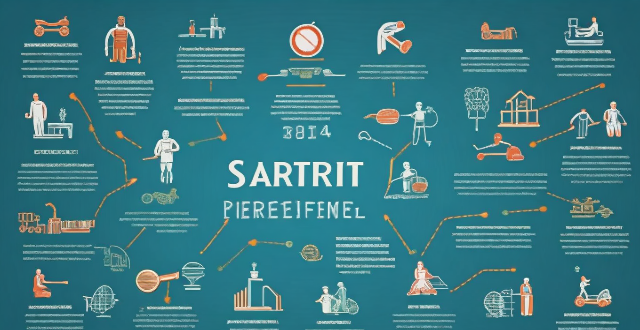
How does team sports contribute to personal growth and development ?
Team sports contribute significantly to personal growth and development by helping individuals develop various skills, qualities, and values essential for success in all aspects of life. These include communication skills, leadership abilities, teamwork and collaboration, discipline and responsibility, goal setting and achievement, emotional intelligence, and time management. Participating in team sports can help individuals become well-rounded individuals who are prepared for whatever challenges lie ahead.

How to choose the right extracurricular activity for your child ?
Choosing the right extracurricular activity for your child is crucial for their development and well-being. Consider your child's interests, skills, and abilities, evaluate the time commitment and logistics, seek recommendations and read reviews, and involve your child in the decision-making process to help them choose an activity they will enjoy and benefit from.

Which team holds the record for the most consecutive wins in a single season ?
The Los Angeles Lakers hold the record for the most consecutive wins in a single season with 33 during the 1971-1972 NBA season. This record, set under the leadership of coach Bill Sharman and starring players like Jerry West and Wilt Chamberlain, remains unbroken and is a testament to the team's dominance, consistency, and exceptional teamwork. The achievement has had a lasting impact on sports history and continues to be a benchmark for excellence in team performance.

How do team sports contribute to social skills development in teenagers ?
Team sports offer a plethora of benefits for teenagers, one of the most significant being the development of social skills. Here's how: 1. **Communication**: Team sports require effective communication to achieve success, such as calling plays, using body language, and non-verbal signals. 2. **Cooperation**: Playing on a team requires cooperation among players to work together towards a common goal, like passing the ball or working together on defense. 3. **Leadership**: Leadership is necessary for success in team sports, whether it's the captain leading warm-ups or a player stepping up in a critical moment. 4. **Respect**: Respect is crucial in team sports, as players must respect their coaches, teammates, opponents, and officials to succeed both on and off the field.

Can team sports contribute to mental rejuvenation more than individual sports ?
Team sports may contribute more to mental rejuvenation than individual sports due to increased social interaction, motivation, and sense of belonging. However, individual preferences vary, and some people may find greater mental rejuvenation through individual sports or other activities that bring them joy and fulfillment.

Can participating in team sports boost morale and collaboration among coworkers ?
Participating in team sports can boost morale and collaboration among coworkers by improving communication, increasing trust and respect, enhancing problem-solving skills, and promoting teamwork.